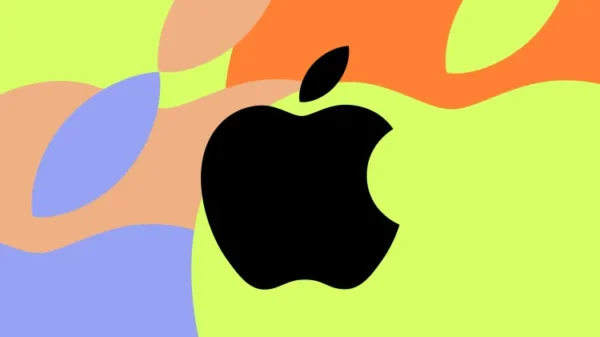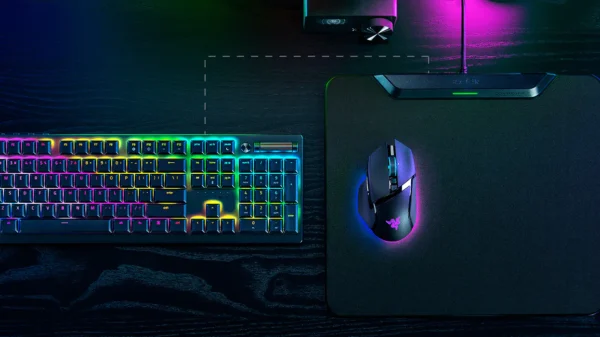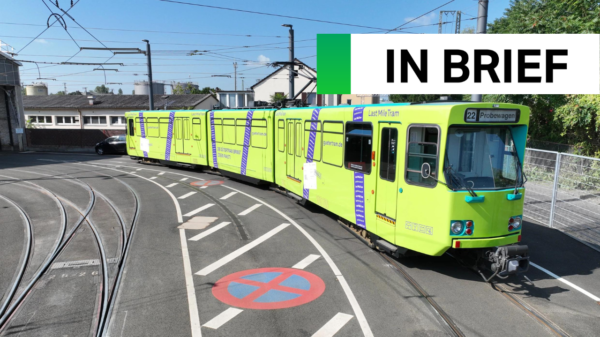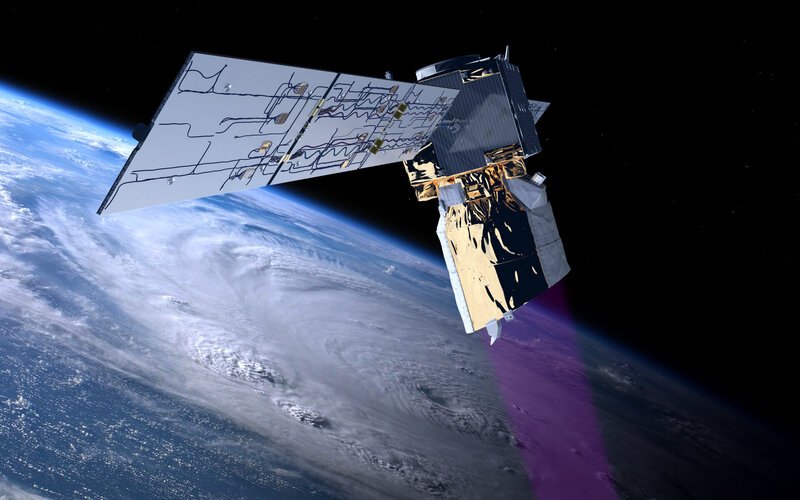Guiding Aeolus’ Safe Reentry: A World-First Spacecraft Return. In the realm of space exploration, groundbreaking missions often come to an end with the challenge of ensuring a safe return to Earth. Aeolus, the first satellite designed to observe wind profiles from space directly, is nearing the completion of its remarkable journey. As its fuel reserves dwindle, the European Space Agency (ESA) has devised a pioneering plan for assisted reentry, setting a new precedent in spacecraft return and space debris mitigation. This article delves into Aeolus’ reentry and the efforts taken to guide its safe descent back to our planet.
The Impetus for an Assisted Reentry
Aeolus has exceeded its planned operational lifespan and now faces the inevitable descent towards Earth’s surface. The traditional trajectory for satellites like Aeolus involves a natural reentry, allowing them to return to Earth over a few months gradually. However, ESA has chosen to go beyond conventional approaches by initiating an assisted reentry for Aeolus, marking a pioneering endeavor to optimize safety and minimize potential debris-related risks.
Navigating the Challenges of a Controlled Descent
Aeolus’ controlled descent presents a unique set of challenges, especially considering the satellite’s proximity to Earth during its mission. The atmospheric drag at 320 kilometers has necessitated continuous monitoring and precise adjustments to maintain the satellite’s intended orbit. This dynamic interaction between Aeolus and the environment demanded flexibility in maneuver planning and accurate orbit predictions to ensure optimal functionality throughout its mission lifespan.
Introducing the Assisted Reentry Plan
ESA’s assisted reentry plan for Aeolus involves leveraging the remaining fuel reserves to guide the satellite back to Earth. The reentry process encompasses a sequence of maneuvers meticulously crafted to orchestrate a safe and controlled descent. Engineers will gradually initiate a series of moves to lower the satellite’s orbit as Aeolus descends from its operational altitude. Eventually, at an altitude of 80 kilometers, most of the satellite is expected to burn up upon reentry, minimizing the potential debris that could reach the Earth’s surface.
Advancing Safety Regulations and Responsible Space Practices
This remarkable assisted reentry attempt aligns with ESA’s commitment to uphold the highest safety standards and promote responsible space practices. The original design of Aeolus predates the regulations that now mandate spacecraft to undergo controlled reentry or complete incineration at the end of their missions. ESA is spearheading efforts to retroactively elevate mission safety standards for older satellite programs by subjecting Aeolus to an assisted reentry adhering to contemporary safety regulations.
Timing and Uncertainties: The Path Ahead
Determining the precise timing of Aeolus’ reentry remains challenging due to various factors, including solar activity and the density of Earth’s atmosphere. Solar flares and coronal mass ejections can accelerate the descent by heating the atmosphere and increasing drag on the satellite. Conversely, periods of lower solar activity may extend the time required for Aeolus to reenter Earth’s atmosphere. While predictions become more accurate as the days progress, the exact timeline for the satellite’s return remains uncertain.
Anticipating a New Standard for Satellite Reentry
ESA’s efforts to guide Aeolus’ safe reentry herald a significant milestone in satellite return missions. The pioneering nature of this assisted reentry sets a new standard for ensuring the safe disposal of satellites that were not originally designed with contemporary safety regulations in mind. By successfully navigating the complexities of controlled descent, ESA establishes a framework for future missions, safeguarding Earth’s environment and mitigating the risks posed by space debris.



































